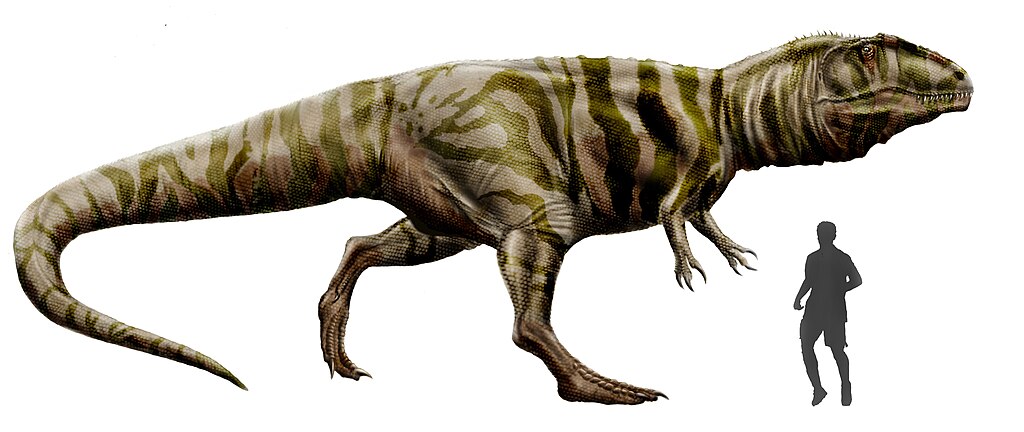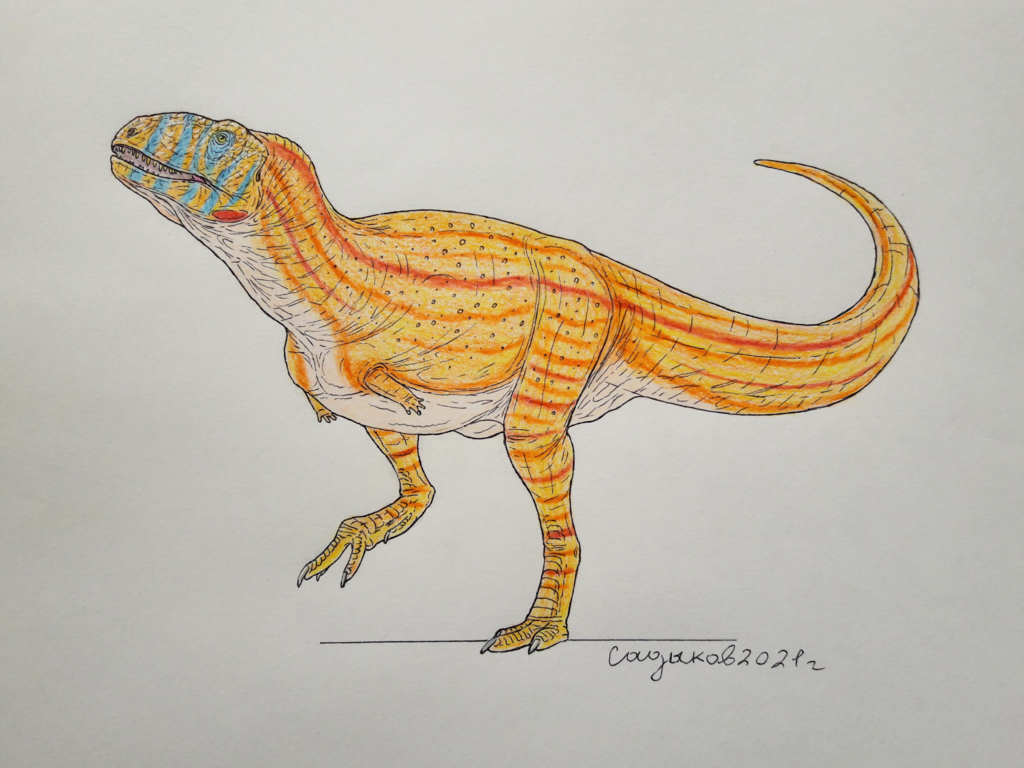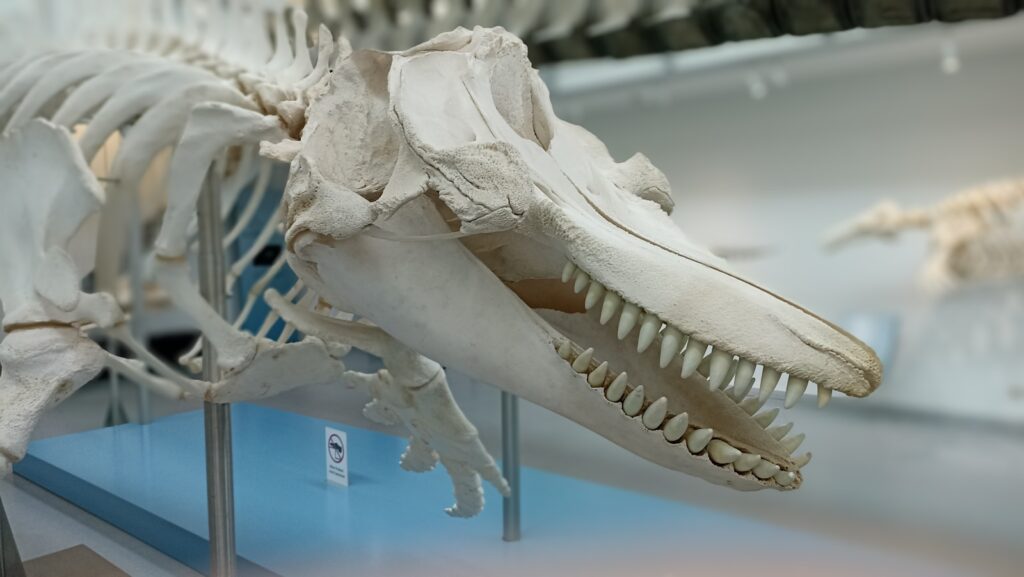Among prehistoric creatures, few have sparked as much scientific curiosity and public fascination as the dinosaurs that apparently lacked functional forelimbs. These remarkable animals, exemplified by the famous Tyrannosaurus rex and its relatives, present an evolutionary puzzle that continues to intrigue paleontologists. Their seemingly disproportionate bodies—massive heads, powerful hind limbs, and comically tiny arms—raise profound questions about adaptation and survival. What evolutionary pressures led to such a distinctive body plan? How did these fearsome predators function with such reduced forelimbs? This article explores the fascinating world of these unusual dinosaurs, examining the evidence, theories, and ongoing debates about their distinctive anatomy.
The Infamous T. rex Arms: Not Exactly Missing

When we talk about “armless” dinosaurs, we’re not referring to creatures that literally had no forelimbs at all. Rather, we’re discussing theropod dinosaurs like Tyrannosaurus rex, which possessed notoriously tiny arms relative to their massive bodies. An adult T. rex could reach lengths of 40 feet and stand 12 feet tall at the hip, yet its arms measured just over 3 feet long—shorter than a human adult’s arm. These forelimbs were certainly present but appeared almost vestigial compared to the animal’s intimidating frame. Despite their small size, T. rex arms were surprisingly muscular, with each capable of lifting between 400-450 pounds, according to biomechanical studies. The disconnect between their diminutive size and impressive strength represents one of paleontology’s most enduring puzzles.
The Evolution of Reduced Forelimbs

The reduction of forelimbs wasn’t unique to Tyrannosaurus but represented an evolutionary trend seen in several theropod lineages. This pattern of limb reduction occurred independently in multiple carnivorous dinosaur groups, suggesting there may have been selective advantages to having shorter arms. Paleontologists have traced the gradual reduction of forelimbs through the fossil record, observing how certain theropod lineages developed progressively smaller arms over millions of years. Abelisaurids like Carnotaurus had even more extreme forelimb reduction than T. rex, with arms so short they couldn’t possibly have reached the animal’s mouth. This convergent evolution toward reduced forelimbs indicates that this unusual adaptation must have conferred some survival benefit, though exactly what advantage remains debated.
Carnotaurus: The Extreme Case

While T. rex gets most of the attention for its small arms, the abelisaurid Carnotaurus sastrei represents an even more extreme case of forelimb reduction. Discovered in Argentina and dating to the Late Cretaceous period about 70 million years ago, Carnotaurus had arms that were proportionally smaller than those of T. rex. The Carnotaurus forelimb was extraordinarily reduced, with a tiny humerus (upper arm bone) and even more diminutive lower arm elements. Perhaps most striking was the hand, which was essentially vestigial with four stubby fingers that lacked claws and could not have served any grasping function. The extreme reduction seen in Carnotaurus suggests that whatever evolutionary pressures were driving forelimb reduction in theropods reached their logical conclusion in this unusual predator.
The Biomechanical Trade-off Hypothesis

One leading theory explaining reduced arms involves biomechanical trade-offs in theropod evolution. As these predators evolved larger heads with more powerful bites, the center of mass shifted forward in their bodies. To compensate and maintain balance, some researchers suggest that reducing arm weight could have been advantageous. This hypothesis proposes that reducing forelimb size allowed for larger and more powerful neck muscles, which would have enhanced the animal’s ability to control its massive head during powerful biting motions. The reduction may also have permitted the development of larger hind limbs, improving running capabilities without increasing overall body weight. This evolutionary compromise essentially sacrificed arm function for more effective predatory adaptations elsewhere in the body.
The “Arms Would Get in the Way” Theory

Another compelling explanation for reduced arms involves the feeding behavior of large theropods. Paleontologist Kevin Padian has suggested that during feeding frenzies, longer arms might have been vulnerable to injury from the teeth of other competing predators. By evolving shorter arms, dinosaurs like T. rex could avoid having their limbs accidentally bitten by pack members during group feeding situations. Similarly, paleontologist Tom Holtz has proposed that smaller arms would have kept the limbs out of the way during feeding, when the massive jaws and teeth were the primary tools for processing prey. This theory gains support from the observation that as theropod heads grew larger and more specialized for powerful biting, their arms tended to become shorter—suggesting a functional relationship between these features.
Were Tiny Arms Actually Useful?

Despite their reduced size, the forelimbs of T. rex and similar dinosaurs may have retained specific functions. The arms of T. rex were surprisingly muscular, with large attachment sites for powerful muscles and the ability to curl over 400 pounds each. Some researchers have suggested they may have helped the animal push itself up from a prone position after resting. Other proposed functions include holding prey while the jaws delivered killing bites, assisting in mating behaviors, or even helping females maintain balance while brooding eggs. Recent studies of the joint mobility in T. rex arms suggest they had limited range of motion but could have been effective for close-in grappling with prey already subdued by the jaws. These hypotheses highlight that “reduced” doesn’t necessarily mean “useless” in evolutionary terms.
Maniraptorans: The Opposite Trend

Not all theropod dinosaurs followed the trend toward reduced forelimbs. In stark contrast to tyrannosaurids and abelisaurids, the maniraptoran dinosaurs—including dromaeosaurs (like Velociraptor), troodontids, and the ancestors of birds—evolved longer, more specialized forelimbs. These dinosaurs developed arms with features like elongated hands, flexible wrists, and sometimes feathers that eventually evolved into wings. This divergent evolutionary path demonstrates that different ecological niches and hunting strategies led to dramatically different forelimb adaptations within the theropod dinosaur group. While some lineages were reducing their arms, others were enhancing them for activities like grasping, climbing, or eventually flying. This contrast emphasizes that evolution produces specialized adaptations based on specific environmental pressures rather than following a single “improvement” trajectory.
Modern Analogues: Flightless Birds

Modern flightless birds offer interesting parallels to the reduced-arm dinosaurs. Consider the kiwi, emu, and ostrich, all of which have dramatically reduced wings compared to their flying relatives. These birds have essentially “reversed” the wing-enhancing evolution of their ancestors, reducing these appendages as they adapted to ground-dwelling lifestyles. Similarly, certain modern animals demonstrate how limbs can become highly reduced or specialized when no longer needed for their original function. Snakes evolved from limbed ancestors but lost their appendages entirely, while whales retain only internal vestiges of the hind limbs their terrestrial ancestors once possessed. These modern examples help illustrate how structures can become reduced or vestigial when natural selection favors other adaptations, providing context for understanding the reduced arms of certain dinosaurs.
The Developmental Biology Perspective

Developmental biology offers additional insights into the mystery of reduced dinosaur arms. Studies of modern animals show that relatively small genetic changes can dramatically alter limb development. In particular, mutations affecting Hox genes—which control body patterning during embryonic development—can significantly change limb structure without impacting other body systems. Recent research suggests that altered expression of these developmental genes could explain the pattern of forelimb reduction seen in tyrannosaurids and abelisaurids. The arms didn’t simply shrink uniformly; rather, specific elements were disproportionately affected, suggesting precise developmental modifications. This perspective helps explain how such dramatic anatomical changes could evolve relatively quickly and why they followed similar patterns in separate lineages.
Challenging Popular Misconceptions

Popular culture has often exaggerated or misrepresented the “tiny arms” of certain dinosaurs, particularly T. rex. Internet memes and cartoons frequently portray these limbs as completely useless appendages, often for comedic effect. While the arms were indeed relatively small, research shows they were proportionally about the same size as the wings of a kiwi bird relative to body size—reduced but not absurdly so. Another common misconception is that the arms were evolutionary “mistakes” or evidence of poor design. In reality, natural selection efficiently removes truly disadvantageous traits, suggesting these reduced limbs either provided some benefit or at minimum did not significantly harm survival. Understanding these nuances helps correct the oversimplified narratives often presented in popular media.
Recent Fossil Discoveries

Recent fossil discoveries have continued to shed light on the evolution of reduced forelimbs in theropod dinosaurs. In 2016, paleontologists described Gualicho shinyae, a strange theropod from Argentina with extremely reduced forelimbs similar to T. rex, despite being from an entirely different family. This discovery provided additional evidence that arm reduction evolved independently multiple times. Another significant find came in 2022 with new Meraxes gigas specimens, a giant carcharodontosaurid that also displayed reduced forelimbs. What made this discovery particularly valuable was the completeness of the specimens, allowing scientists to study how reduced arms correlated with other skeletal features across the entire body. These discoveries have reinforced the theory that arm reduction was linked to increases in head size and bite force across different theropod lineages.
Ongoing Scientific Debates

The question of reduced dinosaur forelimbs remains an active area of scientific debate, with multiple competing hypotheses still under investigation. Some paleontologists prioritize the biomechanical explanation, suggesting that arms became reduced primarily to balance the increasing size of the head. Others emphasize behavioral explanations, proposing that the tiny arms evolved to avoid injury during feeding or to serve specialized functions we haven’t yet identified. A third group focuses on developmental constraints, theorizing that the reduction may have been a byproduct of other advantageous changes controlled by the same developmental pathways. The truth may involve elements of all these explanations, as evolutionary changes often serve multiple purposes simultaneously. This vibrant scientific debate illustrates how even well-studied aspects of dinosaur anatomy continue to generate new questions and research directions.
Future Research Directions

The mystery of reduced dinosaur arms continues to inspire new research approaches. Advanced computational methods now allow scientists to create increasingly sophisticated biomechanical models that can test hypotheses about how these animals moved and functioned. Comparative studies examining arm reduction across multiple lineages may reveal patterns that weren’t previously apparent. Developmental biology research on modern animals, particularly birds (living dinosaur descendants), could provide insights into how limb development can be modified through evolution. Additionally, new fossil discoveries constantly refine our understanding of the timing and pattern of arm reduction in various theropod lineages. Perhaps most promising is the integration of multiple disciplines—combining evidence from biomechanics, evolutionary developmental biology, and the fossil record—to create a comprehensive explanation for one of paleontology’s most enduring mysteries.
The reduced forelimbs of certain dinosaurs remain one of paleontology’s most fascinating evolutionary puzzles. Far from being evolutionary mistakes, these specialized adaptations likely provided specific advantages for the predatory lifestyles of these impressive animals. Whether primarily serving as balance-maintaining adaptations, specialized tools for specific functions, or the result of developmental trade-offs favoring other advantageous features, these distinctive limbs remind us that evolution produces remarkable specializations in response to environmental pressures. As research continues and new fossils emerge, we may yet solve the mystery of the dinosaur that seemingly had no arms—revealing the complex adaptive story behind one of nature’s most iconic and misunderstood anatomical features.



